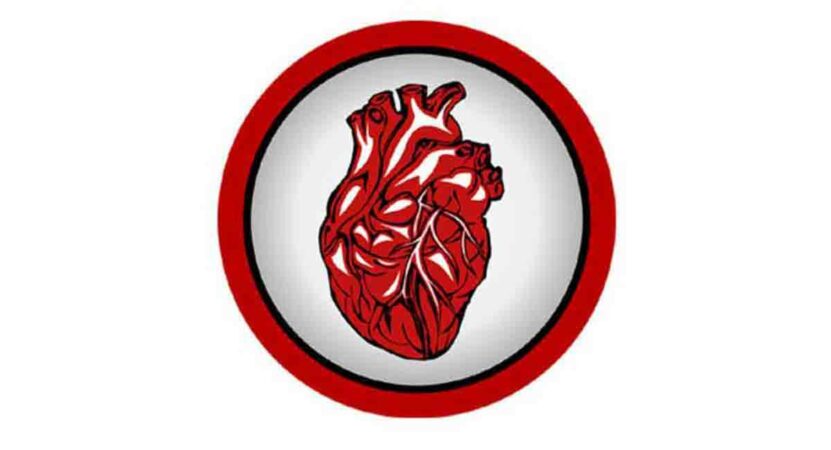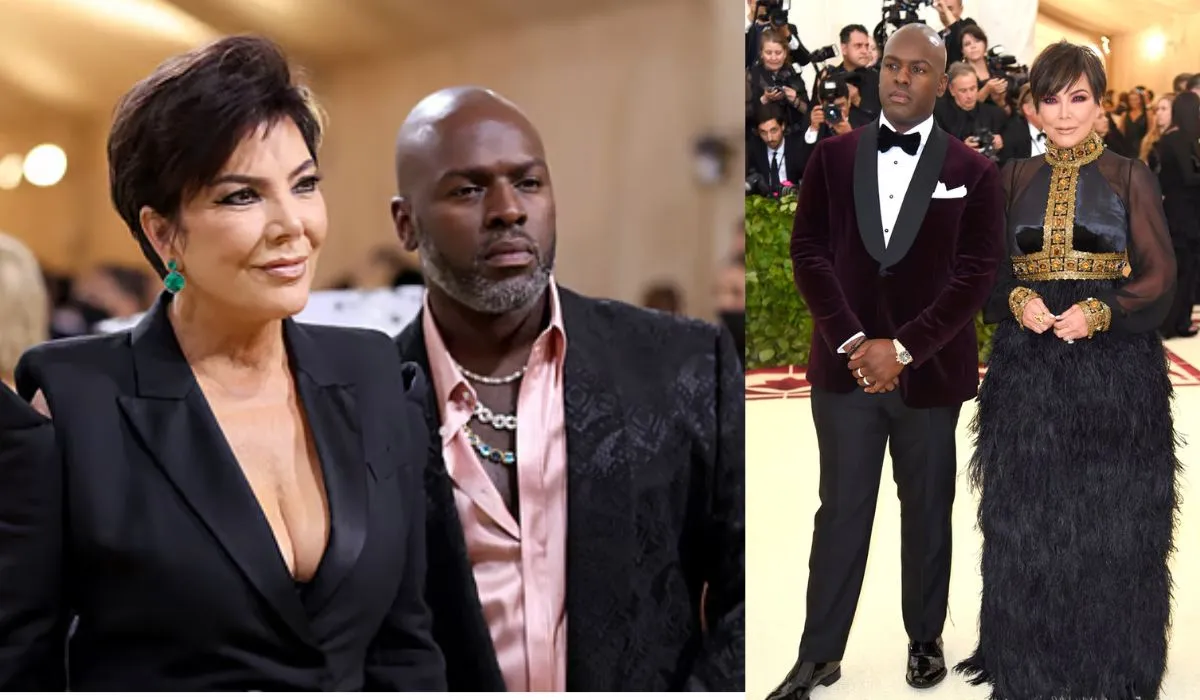
Researchers find fabrication of artificial heart for transplant

Washington: Unlike other organs, the heart cannot heal itself without injury. Heart disease is the top rationalization of mortality in the U.S and is particularly deadly. For this reason, tissue engineering will be crucial for the minutiae of cardiac medicine, ultimately leading to the mass production of a wholesale fabrication of an unshortened human heart for transplant.
The findings of the research were published in Science.
To build a human heart from the ground up, researchers need to replicate the unique structures that make up the heart. This includes recreating helical geometries, which create a twisting motion as the heart beats. It’s been long theorized that this twisting motion is hair-trigger for pumping thoroughbred at upper volumes, but proving that has been difficult, in part considering creating hearts with variegated geometries and alignments has been challenging.
Now, bioengineers from the Harvard John A. Paulson School of Engineering and Applied Sciences (SEAS) have ripened the first biohybrid model of human ventricles with helically aligned vibration cardiac cells, and have shown that muscle structuring does, in fact, dramatically increases how much thoroughbred the ventricle can pump with each contraction.
This urging was made possible using a new method of ingredient textile manufacturing, Focused Rotary Jet Spinning (FRJS), which enabled the high-throughput fabrication of helically aligned fibers with diameters ranging from several micrometers to hundreds of nanometers. Ripened at SEAS by Kit Parker’s Disease Biophysics Group, FRJS fibers uncontrived lamina alignment, permitting for the insemination of controlled tissue engineered structures.
“This work is a major step forward for organ biofabrication and brings us closer to our ultimate goal of towers a human heart for transplant,” said Parker, the Tarr Family Professor of Bioengineering and Applied Physics at SEAS and senior tragedian of the paper.
This work has its roots in a centuries old mystery. In 1669, English physician Richard Lower — a man who counted John Locke among his colleagues and King Charles II among his patients — first noted the spiral-like wattle of heart muscles in his seminal work Tractatus de Corde.
Over the next three centuries, physicians and scientists have built a increasingly comprehensive understanding of the heart’s structure but the purpose of those spiraling muscles has remained frustratingly nonflexible to study.
In 1969, Edward Sallin, former chair of the Department of Biomathematics at the University of Alabama Birmingham Medical School, argued that the heart’s helical structuring is hair-trigger to achieving large ejection fractions — the percentage of how much thoroughbred the ventricle pumps with each contraction.
“Our goal was to build a model where we could test Sallin’s proposition and study the relative importance of the heart’s helical structure,” said John Zimmerman, a postdoctoral fellow at SEAS and co-first tragedian of the paper.
To test Sallin’s theory, the SEAS researchers used the FRJS system to tenancy the structuring of spun fibers on which they could grow cardiac cells.
The first step of FRJS works like a cotton snacks machine — a liquid polymer solution is loaded into a reservoir and pushed out through a tiny opening by centrifugal gravity as the device spins. As the solution leaves the reservoir, the solvent evaporates, and the polymers solidify to form fibers. Then, a focused airstream controls the orientation of the webbing as they are deposited on a collector. The team found that by angling and rotating the collector, the fibers in the stream would uncurl and twist virtually the collector as it spun, mimicking the helical structure of heart muscles.
The structuring of the fibers can be tuned by waffly the wile of the collector.
“The human heart unquestionably has multiple layers of helically aligned muscles with variegated angles of alignment,” said Huibin Chang, a postdoctoral fellow at SEAS and co-first tragedian of the paper. “With FRJS, we can recreate those ramified structures in a really precise way, forming single and plane four chambered ventricle structures.” Unlike 3D printing, which gets slower as features get smaller, FRJS can quickly spin fibers at the single micron scale — or well-nigh fifty times smaller than a single human hair. This is important when it comes to towers a heart from scratch. Take collagen for instance, an extracellular matrix protein in the heart, which is moreover a single micron in diameter. It would take increasingly than 100 years to 3D print every bit of collagen in the human heart at this resolution. FRJS can do it in a single day.
After spinning, the ventricles were seeded with rat cardiomyocyte or human stem lamina derived cardiomyocyte cells. Within well-nigh a week, several thin layers of vibration tissue covered the scaffold, with the cells pursuit the structuring of the fibers beneath.
The vibration ventricles mimicked the same twisting or wringing motion present in human hearts.
The researchers compared the ventricle deformation, speed of electrical signaling and ejection fraction between ventricles made from helical aligned fibers and those made from circumferentially aligned fibers. They found on every front, the helically aligned tissue outperformed the circumferentially aligned tissue.
“Since 2003, our group has worked to understand the structure-function relationships of the heart and how disease pathologically compromises these relationships,” said Parker. “In this case, we went when to write a never tested observation well-nigh the helical structure of the laminar tracery of the heart. Fortunately, Professor Sallin published a theoretical prediction increasingly than a half century ago and we were worldly-wise to build a new manufacturing platform that enabled us to test his proposition and write this centuries-old question.” The team moreover demonstrated that the process can be scaled up to the size of an very human heart and plane larger, to the size of a Minke whale heart (they didn’t seed the larger models with cells as it would take billions of cardiomyocyte cells).
Besides biofabrication, the team moreover explores other applications for their FRJS platform, such as supplies packaging.








